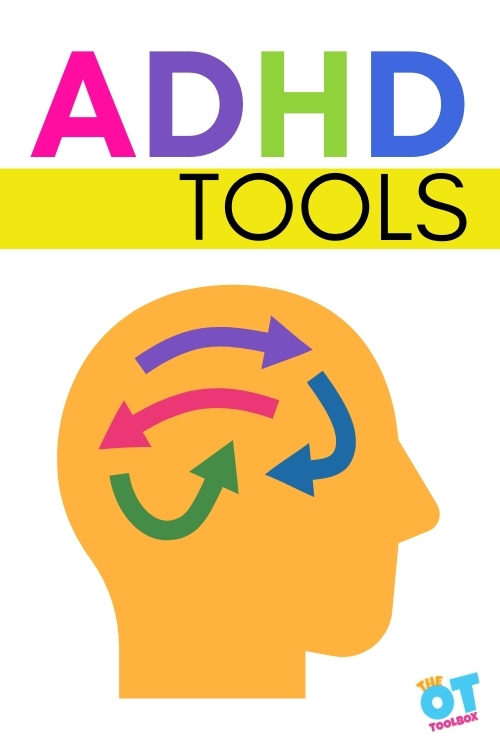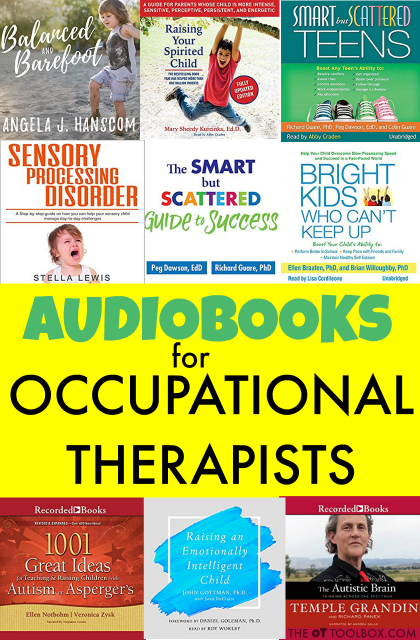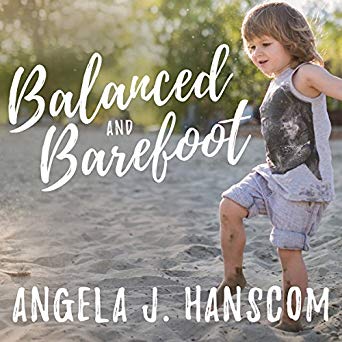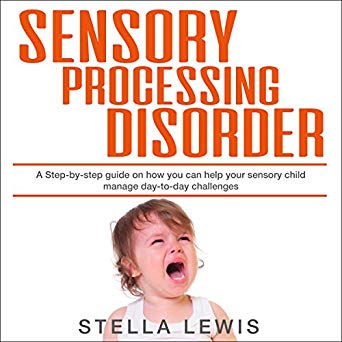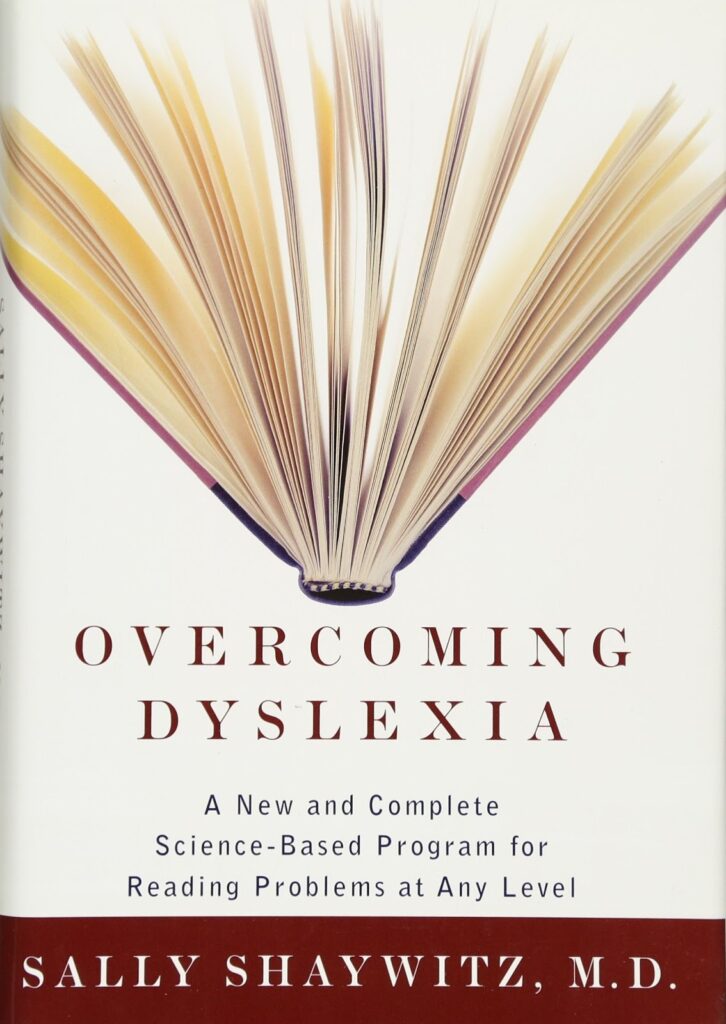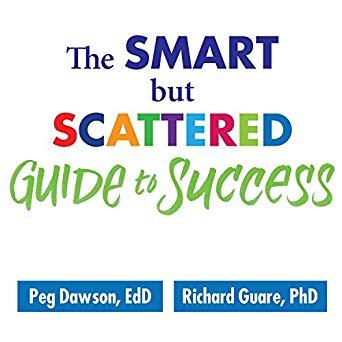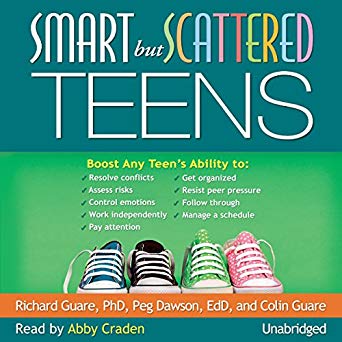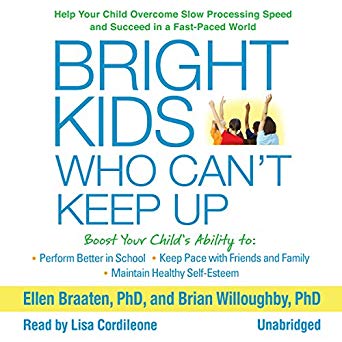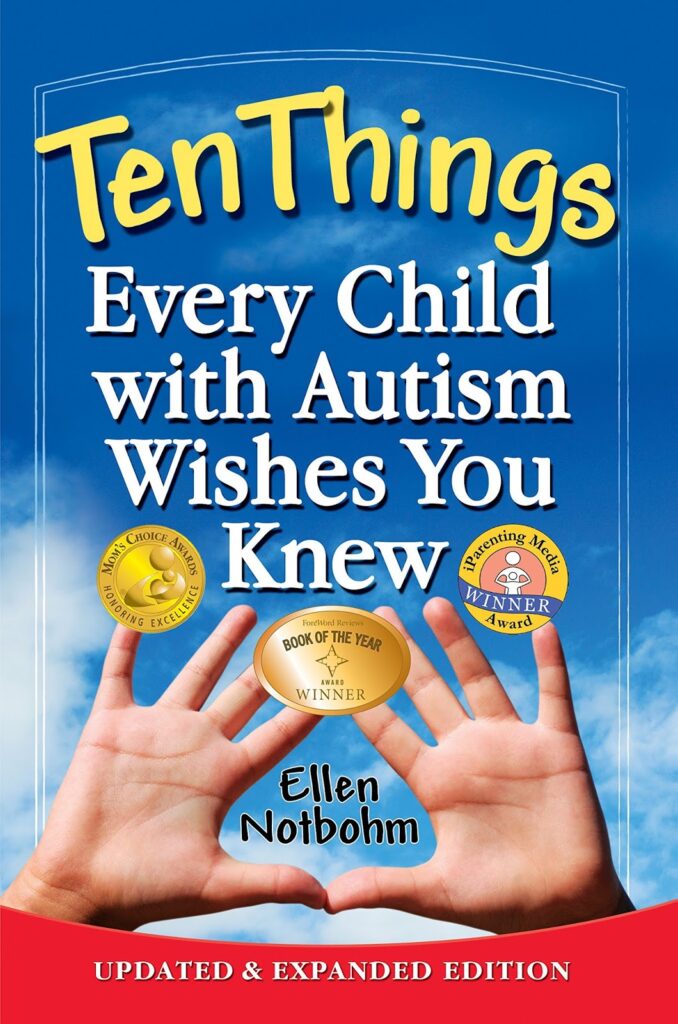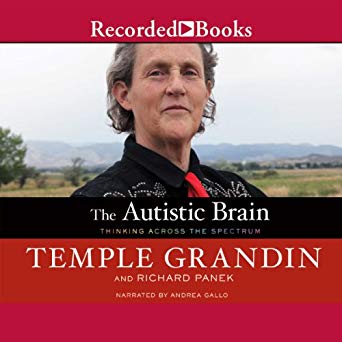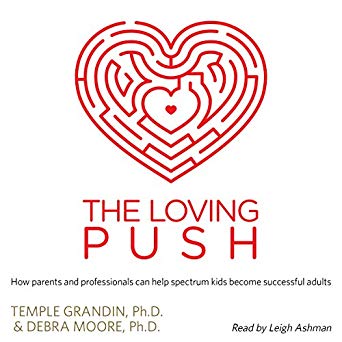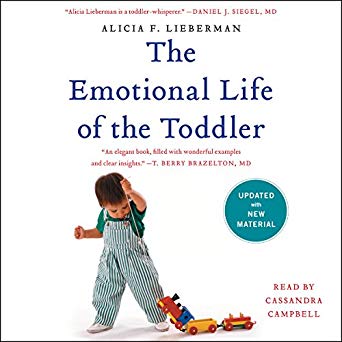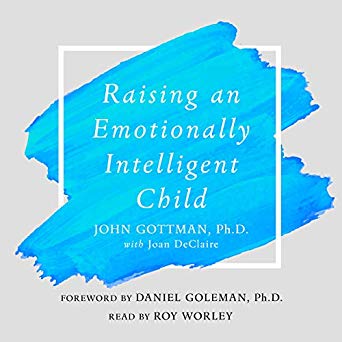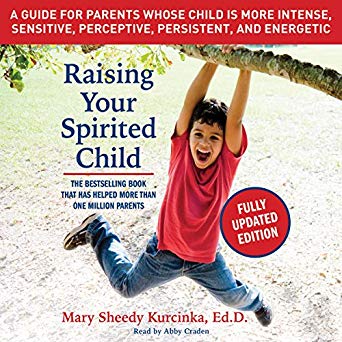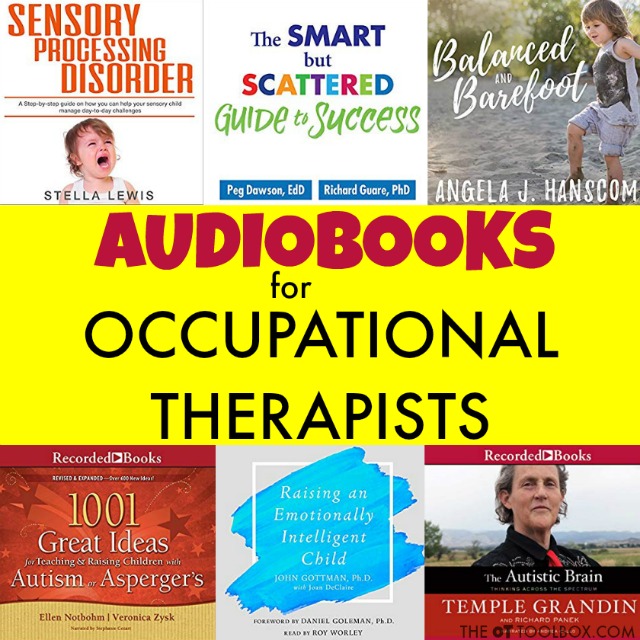Newborn not sleeping? One of the main occupations of infants is sleep but for parents, finding sleep remedies for babies can be the interrupting point in every other occupation of the parents (beyond holding, feeding, and caring for the newborn). Here, we are covering how to support the newborn fighting sleep as well as the parents struggling to get newborns and babies to sleep safely. These strategies support the whole household. Let’s take a look at this important area of occupational performance.
Supporting sleep hygiene, or good sleep habits in parents as well as in babies can be an area that occupational therapy professionals address as a daily occupation for the whole family unit.
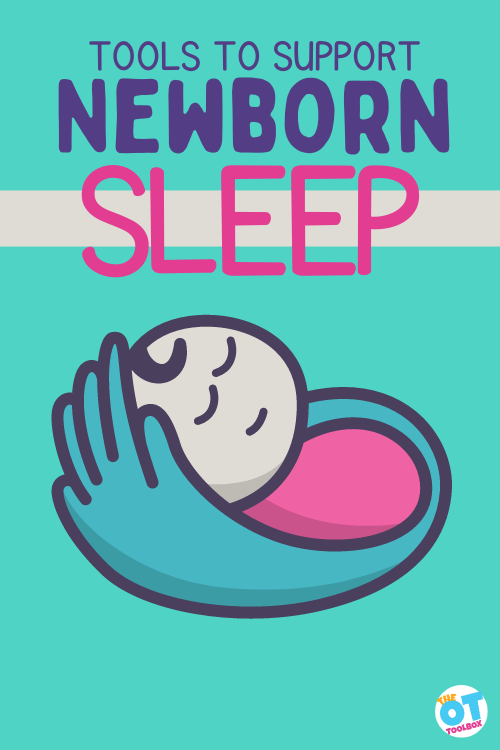
Sleep remedies for Babies
This sleep remedy information is essential for parents of newborns, but also pediatric occupational therapy practitioners who may be working with parents of newborns.
When a newborn is not sleeping, supporting parents of newborns, babies, and even toddlers is an area of support that OT practitioners can address. Pediatric sleep is an occupation of the whole family!
Let’s break down practical advice for creating an effective bedtime routine for both the baby and the parent.
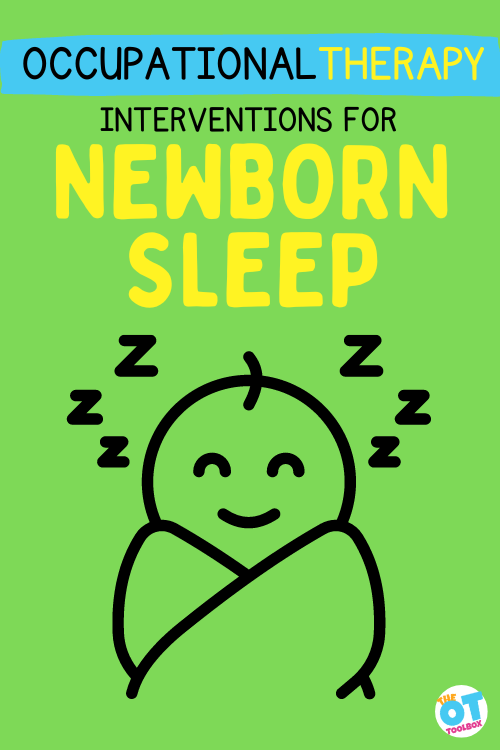
Occupational therapy providers can offer skilled interventions for occupational therapy to support parents of babies fighting sleep so that it impacts the occupational performance of others in the home, including everyday tasks, caring for other children in the home, work, daily self-care, emotions, mental status, and cognitive thought processes.
This occurs through parent education, documenting strategies using a sleep journal, analyzing results, and making suggestions based on the dynamic needs of the family. We cover all of this below, as well as sleep strategies and tools to support newborns and babies in sleep.
Newborn fighting sleep? Create a routine
Parents of newborns have a common problem, all beginning with the newborn fighting sleep.
The issue is that there are several things at play here, occurring in a cycle.
- The newborn fights sleep.
- The parents try different strategies.
- The baby sleeps for a short period but wakes.
- The sleep deprived parents try the easiest strategy to get baby back to sleep.
Then the cycle continues. But what really happens is that the baby is on a maladaptive sleep routine, or rather, the fact that the baby fighting sleep has become part of the routine.
Additionally, children with challenges in sleep will likely impact the sleep routines of their caregivers and everyone else in the home. When the baby’s sleep is consistently poor, the parents may adapt strategies such as co-sleeping, which results in insufficient sleep.
The importance of establishing a bedtime routine is enormous. It’s been found that parents instructed to introduce bedtime routines have reported rapid improvements in sleep quality.
Your new baby will not be ready to follow a set sleep schedule during the first couple of weeks, so looking for signs that they might be tired is the best way to tell when you should put them to bed. They might be crying more, wanting to be held, having heavy eyelids, or sucking on their thumb. You can help them to fall asleep by gently rocking or bouncing them, feeding or swaddling them.
The transition from holding the baby to laying them down in their crib is where things can get difficult.
So often, the young infant or baby is comforted by the warmth and proprioceptive input offered by the arms holding them in close. The baby can even feel the heartbeat of their mother that they were so close to for months in the womb. That comfort is quickly stopped when they are placed into a cool sleep surface. It can be an abrupt change that wakes up baby into a state of startled irritations.
When parents experience this situation over and over again night after night, the sleep quality in the home suffers.
So how to support restful sleep in babies and in the whole household?
One suggestion that is hard for many parents is that you should not let your baby fall completely asleep in your arms. This is because they will get used to this comfortable position and may start wanting to fall asleep this way every time.
Establish a nightly sleep routine to establish rhythm in sleep needs:
- start with a warm bath
- Include slow massage with a warm towel
- Sing nightly lullabies
- Complete the night time routine in a dimly lit and quiet space
- Include bedtime stories along with toddler siblings or other family household members
Create another routine for nighttime feeding ritual:
- Diaper changes often wake up baby in the middle of the night. Be prepared with diaper, wipes, spare clothing, and a bag or place to put dirty diapers right at the changing area
- After the diaper change, then do the feeding
- Sit in a rocking chair or lounge chair
- Keep the lighting low
- Softly hum or sing
- Pat baby’s bottom slowly and with a rhythm
The disruption to sleep can be a source of anxiety for parents, especially as insomnia becomes expected. Having a calm sense can actually support baby more than the worry or anxiety. This can be easier said than done, however, and having a few regulation tools for parents can be a help.
Getting them comfortable with their own bed early on will help with healthier sleep hygiene. Instead, notice when your baby is starting to drift off and put them in their bed before they are completely asleep.
They will wake up many times throughout the night to be fed or changed, so be prepared for them to wake every few hours.
Know that sleep is a fluid area development…meaning that routines will change sometimes nightly as the baby develops.
When to start a sleep routine with newborns
Getting into a routine right away with your baby is important not only for them but also for you. Sleep at night when your baby is asleep and as you need during the day. Make a habit of doing chores during the day like cleaning or showering while your baby naps, or even nap while they do. You can even schedule to have someone watch your child once a week during nap time while you run errands. This will allow you to get things done that you need without having to watch your baby every second.
Start a nighttime routine of changing your baby into their pajamas and then reading them a book (or singing them a song) before putting them to bed. This will set you up for success for when they are older and starting to fight sleeping a little more. Your baby will still wake through the night for a couple of feedings at this age, but it will start to happen less and less. If your child is having trouble falling asleep, it may be because:
- They are hungry
- They are spitting up
- They have had too much or not enough sleep
- Their swaddle is too tight or too loose
- They are having a sleep regression (usually around 4 to 6 months old)
Recognize that sleep routines change over time as as development happens. What works at one stage may need to change at other stages.
Newborn Fighting Sleep due to sleep location
During the first weeks and months after birth, learning how to help your baby sleep can be a challenge for many parents.
It is important to pay attention to the place you are letting your baby fall asleep during their first couple of weeks of life.
They will quickly learn to become comfortable in whatever place they are in, so if they learn to fall asleep in your arms, this will be how they will always want to fall asleep. Unfortunately, this is not a practical option for either of you, so get your baby used to falling asleep in their crib from day one.
One thing that new parents consider doing is having their baby fall asleep in bed with them. Doing this has been proven to lead to higher rates of sudden infant death syndrome (SIDS).
The first step to effective sleep routines is deciding where the baby will sleep whether that be in a crib or bassinet.
The risk of SIDS which could be avoided in this case by simply putting your baby to sleep in their own bed. A bassinet or a crib can be used for your child’s bed which can easily be kept in your room or in your baby’s room, whichever you prefer. Make sure that your baby is falling asleep in a smoke-free area, and that their bed meets safety standards by going to cpsc.gov.
This includes leaving out the pillows, sleep positioners, toys, and blankets.
positioning strategies for a newborn not sleeping
One strategy to support the newborn not sleeping is thinking about bed and sleep positioning. Your baby should be put to sleep on their back on a firm but soft surface just as they are falling asleep.
If you put them to bed while they are still slightly awake, they will learn that they can fall asleep on their own, without the need of a parent to rock them to sleep. Do not put them to sleep with a tv in their room, as it can affect their ability to fall asleep. Read more about how electronics effect sleep in your child for more information.
Baby’s Head and Sleep
During the first few months of a baby’s life, they will not yet have strong enough muscles to lift their head or push something off of them like a blanket if they need.
This is why it is important to lay your baby on a firm but soft surface on their back with nothing else around them.
Do this every time you put them to sleep. Keep soft objects, loose bedding, stuffed animals, or anything that could trap your baby away from them. You will want to make sure that your baby’s face and head are not covered while they sleep.
To help you remember this, the saying “Back to sleep, tummy to play” was created to help your baby sleep. You can find out more about it here.
More tools for the newborn not sleeping
Sleep clothing- For clothing, it is suggested that your baby wears no more than one layer more than what you would wear in that same space. Typically this means that your child will be comfortable in a onesie and swaddle. Do not let the swaddle come high enough that it touches their face.
Room temperature- Make sure that their room is not too hot and not too cold. If their chest is sweaty, they are too hot and you should take off one of their layers. A small fan in the baby’s room can help too, and additionally, the white noise from the sound of the fan can drown out other noises in the home and act as a white noise machine.
Thinking about these considerations, it’s also important to consider development.
Newborn Fighting Sleep? What’s normal?
So, when a newborn is not sleeping through the night, what is typical for the age and the stage? Did you know that newborns fight sleep as a developmental stage?
For the first 3 to 4 months your baby may only stay awake for about 1 hour at a time, but they will then start to get into a routine of sleeping every 2 hours for a longer amount of time.
Up to the time they are three months old, they should be getting about 14 to 17 hours of sleep. Make sure they have no less than 11 hours and no more than 19 hours of sleep.
During the first three months, that hour can go by very quickly and it can seem like the newborn is fighting sleep, when they are actually developmentally on track. After about an hour, the newborn may have something waking them: hunger, diaper changes, and just overall short circadian rhythms.
Between 4 to 6 months old, they will be getting about 12-15 hours of sleep, but should not be getting less than 10 hours and no more than 18 hours of sleep.
When we see problems here is that not all babies easily fall into this sleep regimen. There can be real challenges limiting sleep. Consider the areas stated above:
- Routines or lack of them
- Technology use
- Positioning needs
- Environment
- Temperature
- Clothing
- Feeding schedule
- Many other considerations!
Around 4 to 6 months old is when your baby will most likely have what is known as a sleep regression. A sleep regression is when your baby is able to sleep for longer lengths of time at each sleep cycle and will not need to be put down for a nap as many times during the day.
The baby fighting sleep at this stage is also developmental as this sleep regression happens right when the baby is beginning to develop more mobility and motor control.
It’s important to remember that every child will sleep differently and stay asleep for different lengths of time. Some may prefer to fall asleep on surfaces that are firm while others may love their swaddle. Differences can also come from sensory preferences which impact a baby’s sleep.
Documenting Sleep remedies for babies
Taking all of these developmental stages into consideration, as well as the sleep remedies listed above, there is more to the process.
Occupational therapy practitioners can provide intervention by supporting parents and families with use of a sleep diary. A sleep diary can be used by parents of newborns and babies to document hours slept, and tools used as a support.
When a sleep diary, or sleep journal is used, the family is able to track sleep habits and routines, including successful and unsuccessful tactics. Occupational therapy practitioners can then use information from the sleep journal to identify needs and make recommendations based on the baby’s development, family dynamics, strengths and needs of the family.
This article on AOTA suggests a sleep diary with questions such as:
- What time did you start trying to put the child to bed?
- What time did your child go to bed?
- What time did your child fall asleep?
- How many times did your child wake during the night?
- What time did your child wake in the morning?
- How much awake time did your baby have during the day before?
Other sleep journal questions can include:
- What did you do before bed to encourage sleep?
- What sleep strategies were used? (rocking, dark room, sound machine, etc.)
- How long did the baby sleep?
- Where did the baby sleep?
- How long did they sleep before waking?
- How many times did the baby wake during the night?
- Reasons for waking during the night? (Example: diaper change, feeding, etc.)
- What time did the baby wake for the day?
When it comes to sleep remedies for babies, there can be a lot of trial and error. Try to enjoy this time with your young child!

Colleen Beck, OTR/L has been an occupational therapist since 2000, working in school-based, hand therapy, outpatient peds, EI, and SNF. Colleen created The OT Toolbox to inspire therapists, teachers, and parents with easy and fun tools to help children thrive. Read her story about going from an OT making $3/hour (after paying for kids’ childcare) to a full-time OT resource creator for millions of readers. Want to collaborate? Send an email to contact@theottoolbox.com.


